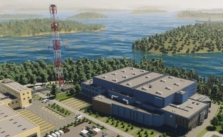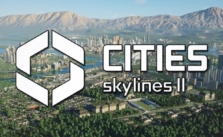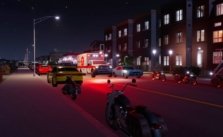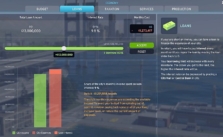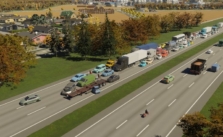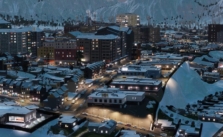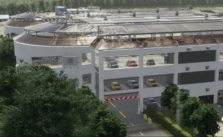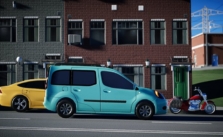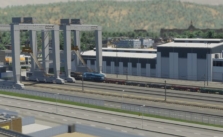Cities: Skylines 2 – Guide to Cargo Transportation
In Cities: Skylines 2, your metropolis isn’t just a bunch of buildings—it’s alive and kicking! Think of cargo transport as the lifeblood of your city. To ensure everything flows effortlessly -> you’ve got to master the logistics, introducing trains, ships, and planes into the mix.
Cargo Trains: The Heavy Lifters of Your Metropolis
Cargo trains are essential. They’re the real MVPs of your city’s logistics, doing the heavy lifting, moving stuff from point A to B without even breaking a sweat.
Laying the Foundation: Start by setting up a Cargo Train Terminal, your city’s logistical nerve center. From there, plot out your rail routes & establish your train lines. It’s reminiscent of assembling a toy train set as a child, but on a much grander scale.
Traffic Management: These behemoths transport tons, but also attract significant truck traffic. Play it smart. Ensure roads to your terminal can handle the load to avoid bottlenecks that’ll make rush hour seem chill.
Cargo Planes: When You’re Racing Against Time
Got an urgent delivery? Cargo planes are your rapid response; they’re the speedy couriers of your logistics network.
Taking Flight: To get these birds airborne, upgrade your airport with a cargo terminal—it’s like giving your goods the first-class treatment.
On-the-Double Delivery: Cargo planes offer unmatched speed, and the cherry on top? They couldn’t care less about ground traffic, cruising high above any congestion.
Cargo Ships: Reliability Over Speed
Have a mountain of goods and road or rail can’t handle it? Enter cargo ships.
Docking Bay: Kick things off with a Cargo Harbor, the welcoming point for these maritime behemoths.
Going the Distance: While cargo ships aren’t speedsters compared to trains or planes, they haul seriously big loads. We’re talking upwards of 1000 tons. No joke.
Railway Synergy: Amp up your harbor’s efficiency by integrating a railway system, ensuring goods are rapidly dispatched to their next stop.
Bringing It All In Line: Mastering Routes
With the groundwork laid, it’s time to weave these transport methods into a cohesive network.
Depots & Hubs: Each land-based transport needs a depot, serving as the launch and maintenance spot. Think of it as the designated parking lot for your logistics vehicles.
Mapping the Routes: Deploy the Line Tool to link up stops, stretch out tracks, and design your transit routes. Imagine crafting your very own logistics blueprint.
Route Oversight: After everything’s in place, tap into the Transportation Overview to monitor your networks. Tweak vehicle counts, set timings, and ensure all systems are firing on all cylinders.
The Devil’s in the Details: The Line panel holds the keys to finer adjustments. Here, you can adjust fares, swap out vehicle models, or even slap on catchy names to your routes for easy reference. Cool, right??



